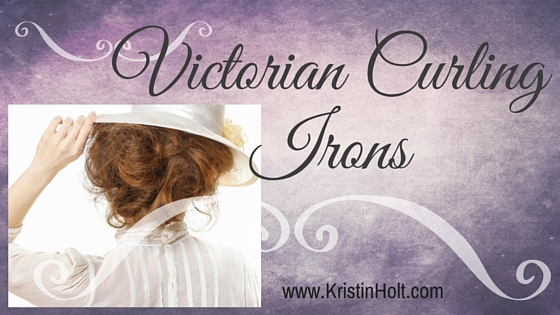
by Kristin Holt | May 15, 2016 | Articles
American women in the late Victorian Era often cut and curled bangs at the forehead. Many photographs (cabinet cards) show this hairstyle, with the rest being upswept and pinned, as women grew their hair to amazing lengths–all except those stylish bangs. If the curls about the forehead were not a hair piece (purchased by mail), then they most often required a curl. Victorian curling irons (their prices, designs, and heating methods) might surprise you–after all, it’s not (only) like Laura Ingalls Wilder described in her fictionalized memoirs of coming of age and cutting her hair in this style.
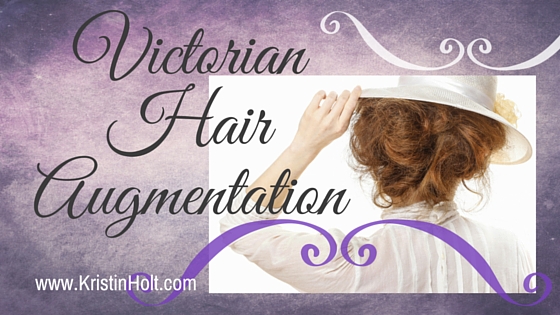
by Kristin Holt | May 12, 2016 | Articles
Victorian-era Americans (both men and women) had ready access to commercially prepared human hair pieces. Women wore them to achieve the style of the day without cutting their hair or to achieve the fullness and length considered stylish and desirable when their own hair couldn’t grow to such amazing lengths. Mail-order catalogs of the period provided a wide variety of products, appealing to men and women alike, including products purported to restore gray hair to the color of youth.
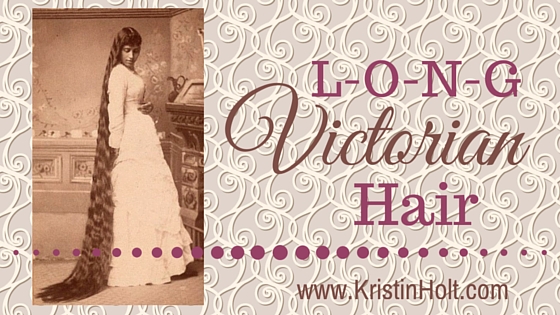
by Kristin Holt | Apr 21, 2016 | Articles
Victorian Era Women seldom trimmed their hair, allowing it to grow to incredible lengths. As styled, it often wrapped high in coiffures of twists, curls, braids, loops, pompadours, buns, knots, and more. Once you see the tremendous lengths of photographed ladies’ hair, you’ll understand why women (from the moment they cast off short dresses of girlhood) wore their hair up. It’s no surprise commercially prepared products catered to a woman’s desire to grow her hair to great lengths.
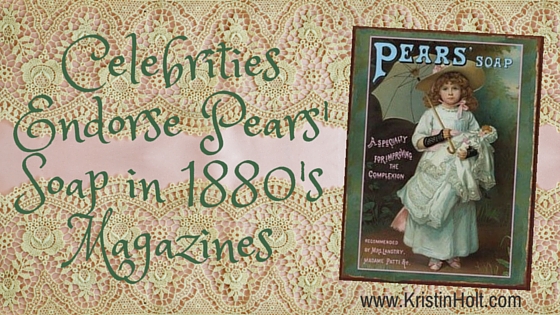
by Kristin Holt | Sep 8, 2015 | Articles
Santy (Santa Claus) wasn’t the only celebrity to endorse the well-known, well-loved, imported English Pears’ Soap. Even when the method of celebrity endorsement was used to lesser extent, it’s still implied. Another ad run either in a magazine or newspaper in the latter portion of the century quoted, “I have found it matchless for the hands and complexion.”
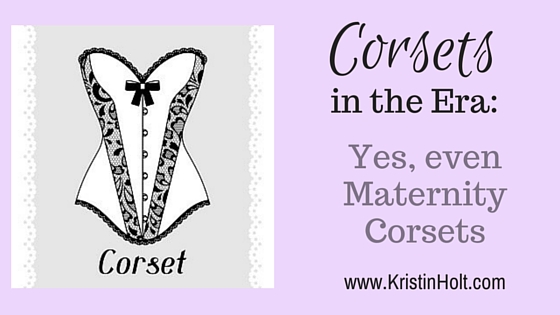
by Kristin Holt | May 12, 2015 | Articles
Corsets are synonymous with the Victorian Era and well-dressed ladies. Corsets were worn by women… and men, adolescent girls, and even children. Maternity corsets existed as did nursing corsets. Unbelievable!













